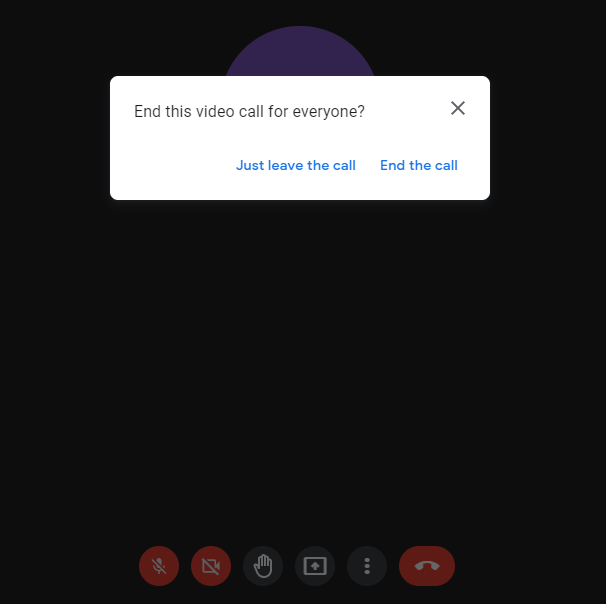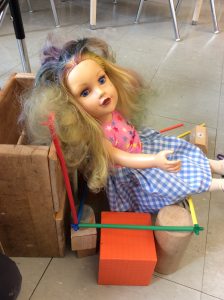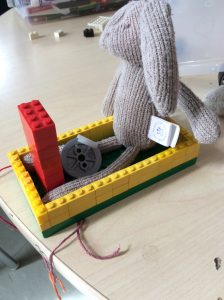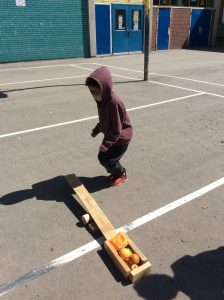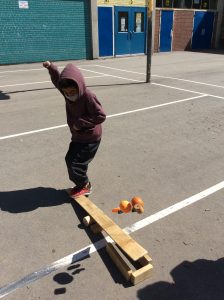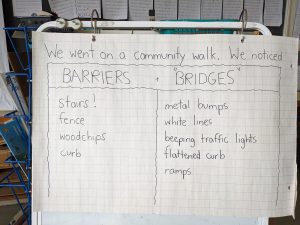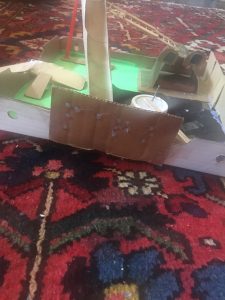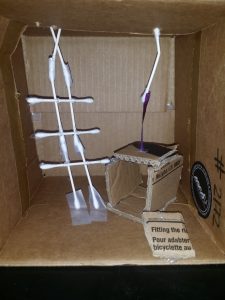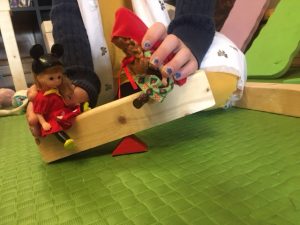Parent conferences are done. PHEW! Now before you take that giant “PHEW!” as a negative thing hold on for a moment because it is quite the opposite. That “PHEW!” was due to the amount of energy that educators pour into them. Parent conferences are tiring. They come with some emotional highs and lows. Parent conferences come with some eye opening realizations. They also come with their share of next steps. This is where I find the potential for positive things to come.
So instead of a retrospective approach on mid-terms reports and conferences, I want to look forward to the potential that is to come in the classroom.
Now that I have had a couple of days to recover, maybe a moment of reflection couldn’t hurt.
First, the conferences were very positive. Why wouldn’t they be? Next to parents and family, teachers should be the biggest cheerleaders for their students. Even if and when potential is not fully realized there is still growth happening. Returning to school after 2 years of turmoil during emergency distance learning due to a pandemic is no small feat. Finding routines and academic stamina takes time for students and educators, especially this one.
Back to the future (the real one)
So when the conferences happened, it was easy to share what I’ve learnt so far this with parents and guardians knowing this is what will be happening in my classroom going forward.
1. Students will have even more time to wrestle with Math. This is not an issue of quantity or drill and kill methods, but one of developing positive mathematical mindsets in every learner.
2. Students will have even more opportunity for low floor high ceiling problem solving. One question might be all that is needed. See 1.
3. Students will have even more time to read. The most frequent question I get is about homework. Reading is the only activity I consistently assign each day for homework. With students enrolled in sports, music lessons, and etc. they have enough on their plates already. When push comes to shove on this issue, my Google classroom provides digital reading and math platforms for students to work on to refine their skills as well.
4. Students will have even more mental health breaks. Humour, self-directed time, LoFi Hip Hop, and movement breaks are keys. I have learned that a Just Dance video is a good for my wellbeing as theirs. (reply in the comments for my faves)
5. Students will have even more time to share what’s on their minds in a way that allows them to ask questions about their learning and the world around them. There are opportunities for conversations around inclusion and identity. I know that during daily class read alouds has been a great time for this in my room.
All 5 of the above have always been happening in my classroom. Now that I have witnessed the potential that each have provided my students, the more they will be part of their future.

